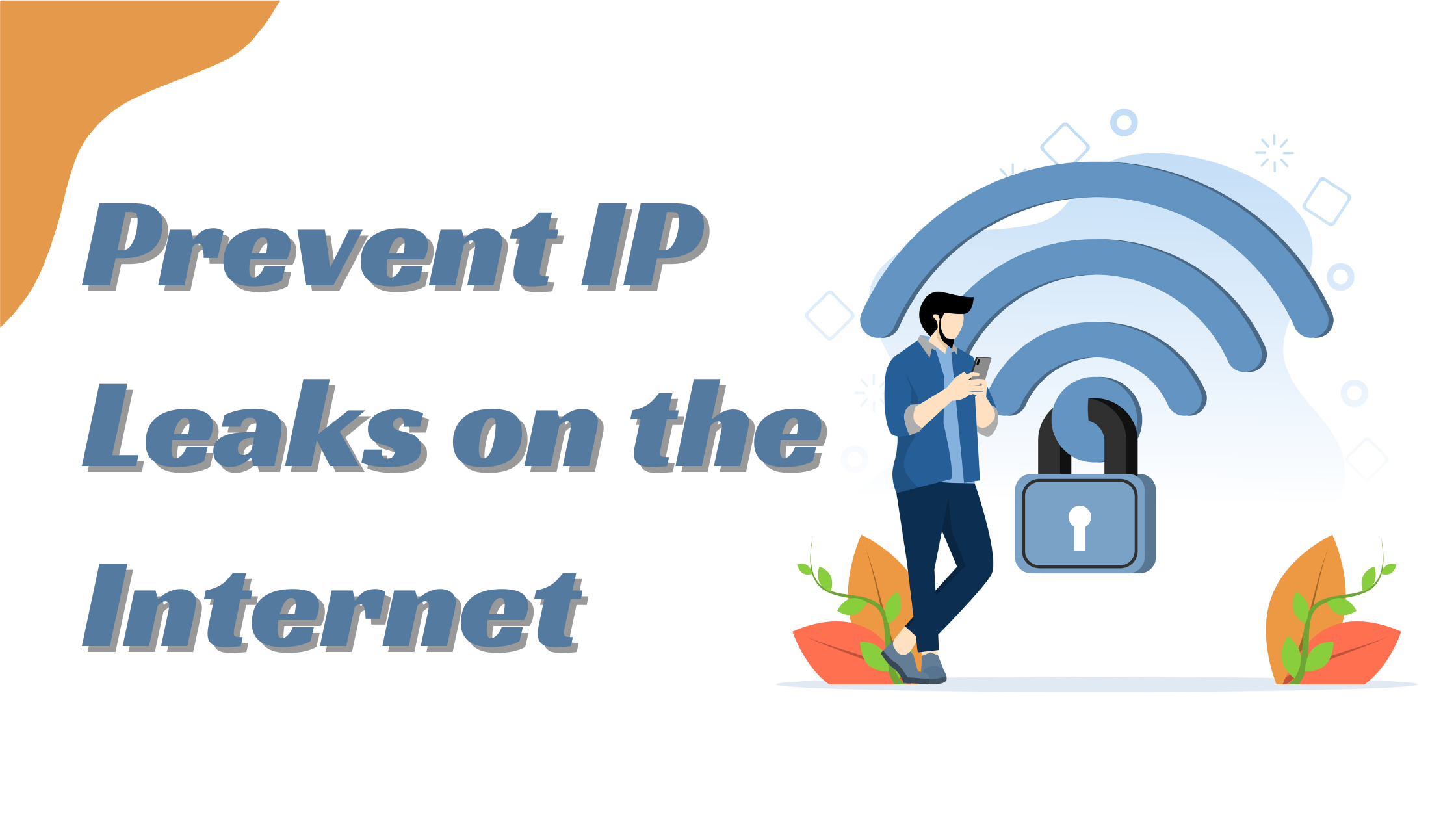How to Prevent IP Leaks on the Internet
Protecting your online identity is as important as keeping your documents safe. Your internet connection has a unique address issued by your internet service provider, which you must protect while surfing online. These days, IP leaks are on the rise, which highlights the importance of preventing it.
According to the sources, in the fourth quarter of 2023, over eight million records were exposed to malicious hands due to data leaks, and IP leaks are one major part of this process. So now, you must know why protecting IP and deploying methods to prevent leaks is crucial.
In this guide, we will learn the best-proven strategies to prevent IP leaks and what measures one should take while using the Internet. But before that, let’s explore IP leaks further.
What is an IP leak?
An IP leak happens when your true IP address is exposed despite using a service like a VPN, which is supposed to protect it by masking it with a different one. While there can be several reasons for this, one strong reason is the VPN service’s low reliability and cheap firewall protections.
Often, we think free VPNs are enough and paid VPNs are scams, which is entirely false. Cheap VPNs will only connect you to a cheap server that does not have any level of security, pass your data through unsecured tunnels, and, worst, create and store logs to earn money.
This is why I suggested using a robust and reliable VPN like Surfshark. You can try it yourself—download Surfshark here and get started. It offers many features and geo locations and is cost-effective.
5 Ways to Prevent IP leaks on the Internet

1. Disable WebRTC in Your Browser
To prevent WebRTC leaks, you can disable WebRTC in your browser settings. While this may limit some functionalities, paying for increased privacy is a small price. For example, you can disable WebRTC in Firefox by typing about: config in the address bar and searching for media—peer connection. You are enabled and setting it to false. Chrome users can install browser extensions like “WebRTC Network Limiter” (an official extension by Google) or “WebRTC Leak Prevent” to block WebRTC leaks.
2. Disable IPv6
If your VPN does not support IPv6, consider turning off IPv6 on your device to prevent leaks. On Windows, you can do this by going to the network adapter settings, finding the properties for your connection, and unchecking the box for IPv6. Similar steps can be followed in the network settings on macOS and Linux.
If you are using a VPN service that does not support IPv6, you should immediately disable IPv6 on your device and system to avoid IP leaks. On Windows, this is relatively easy; all you have to do is go to network adapter settings in the property section and untick the box for IPv6. On MacOS, head over to network network settings.
Click on details. Now click on the TCP/IP tab, and in the DHCP option, select the Link-local only option.
If you need an easier way, open the terminal and type in the following code:
networksetup -setv6off Wi-Fi
That’s all you need to do to turn off IPv6.
3. Enable Your VPN’s Kill Switch
Most VPNs have a kill switch feature that instantly disconnects your system from the internet if the VPN app is abruptly shut down due to glitches or any other reason. This further helps to protect your internet activity, making it challenging to leak your original IP address.
While most VPNs have this feature, the free ones do not. If you use a Windows system, there’s a step-by-step guide on enabling the built-in killswitch. You can follow it and allow this feature on Windows.
However, if you are a Mac user, do not worry, as a programmer develops an open-source kill switch feature. You can install it by visiting this site: https://vpn-kill-switch.com/. Then, you can follow the process and enable killswitch on your MacOS device.
4. Use a Secure Browser
Consider using browsers that prioritize privacy, such as Tor Browser, which routes your traffic through the Tor network, adding multiple layers of encryption. While it may be slower, the Tor Browser offers enhanced protection against IP leaks.
These are the five most secure browsers available for free:
- Brave
- Firefox
- Tor browser
- DuckDuckGo
- Opera
While this may not be the best prevention method, a secure web browser is a part of the process.
5. Avoid Using Public Wi-Fi Without a VPN
Cybersecurity attacks happen the most on publicly accessible networks that do not have any level of security. If you are sitting in a cafe or a food court and using the free WiFi, use a robust VPN provider.
Otherwise, it would be best to stick to your mobile carrier for internet accessibility while away from home. Your smartphone and laptop store all the essential information; giving it to an intruder isn’t a good idea.
Conclusion
IP leaks are a significant threat to your online identity, which can be safeguarded with the right tools and practices. To protect your IP address from being leaked, you need to understand the basics of what causes IP leaks.
In this article, we have shared the best strategies to prevent IP leaks, including disabling WebRTC and IPv6, enabling killswitch, and using a secure browser. Lastly, you must ensure you do not connect to unknown networks like public WiFis in cafes or anywhere else.

















